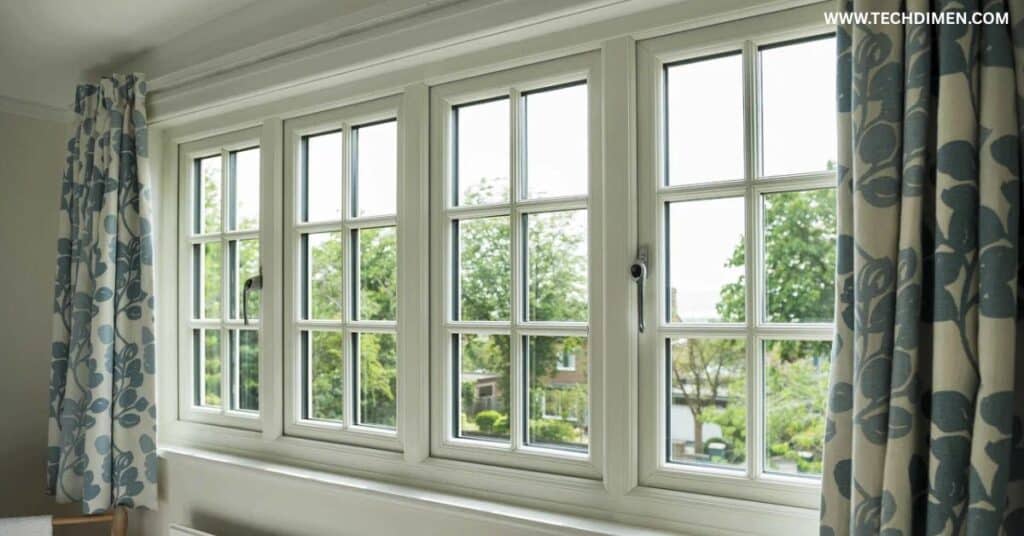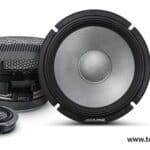Window Technology has evolved into one of the most impactful aspects of modern building design. From Smart Windows to Advanced Window Technology, today’s solutions go beyond simple glass panes to improve energy efficiency, comfort, security, and sustainability.
Window Technology in the Modern Era
Window Technology refers to innovative solutions that enhance the performance of residential and commercial windows. This includes Smart Glass Windows, automated systems, improved framing materials, and high performance glass coatings.
Why Window Technology Is Crucial for Energy Efficiency
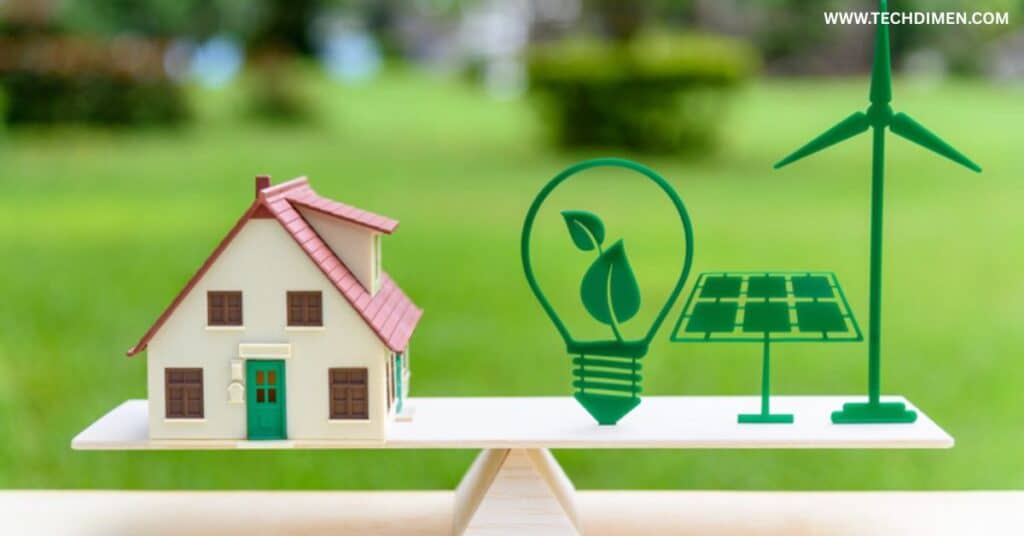
Outdated windows contribute significantly to energy loss in buildings. Studies show that inefficient windows are responsible for nearly thirty percent of heating and cooling energy waste. By upgrading to Energy Efficient Windows, property owners reduce energy bills while enhancing comfort.
The Evolution of Window Design and Functionality
For centuries, windows were simple openings using basic materials like wood or animal hides. As glassmaking advanced, windows became more common but lacked insulation. Over the years, groundbreaking technologies reshaped how windows contribute to building performance.
Major Innovations That Revolutionized Windows

The introduction of Double Glazed Windows provided a critical layer of insulation by trapping air or gas between panes. Triple Glazing took performance further with three layers for enhanced soundproofing and thermal control. Low E Glass uses ultra thin metallic coatings to reflect heat and harmful UV rays, improving insulation. Self Cleaning Windows with hydrophobic coatings now minimize maintenance by repelling dirt and moisture. Electrochromic Glass marked a major leap forward by allowing windows to adjust tint automatically, enhancing energy control and privacy.
Exploring Advanced Window Technologies Shaping the Future
High Performance Windows today integrate multiple technologies to maximize energy efficiency. Low E coatings, argon or krypton gas fills, and Insulated Glass Units (IGUs) all contribute to reducing heat loss and improving comfort. Smart Windows feature Electrochromic Glass that adjusts tint levels based on sunlight or indoor temperature. Smart Tint Glass enables privacy control, reduces glare, and optimizes natural lighting. Dynamic Glazing Systems automatically adapt window transparency to maintain ideal indoor conditions. Self Cleaning Glass minimizes upkeep by using nanotechnology to repel water and dust.
The Role of Innovative Materials in Window Technology
Window frames have advanced significantly. Aluminum frames offer strength and recyclability. Fiberglass provides exceptional insulation and durability. Vinyl (uPVC) frames deliver energy performance at an affordable price point. Composite frames blend materials to enhance longevity and efficiency. Glass technologies have evolved to include UV Protection Windows that block harmful rays, preserving interiors. Solar Control Glass reduces solar heat gain, lowering cooling costs. Noise Reduction Windows incorporate thick glass layers and acoustic insulation to minimize outside noise. Impact Resistant Glass enhances Window Security Technology, protecting buildings from break ins, storms, and accidents.
Key Benefits of Modern Window Technology
Energy Efficient Windows can lower utility costs by up to twenty five percent by improving insulation and reducing HVAC demand. Natural light optimization enhances comfort while reducing reliance on artificial lighting. Noise canceling window technology significantly reduces external sounds, ideal for busy urban environments. High tech window security features, such as laminated glass, smart locks, and break sensors, provide added protection for homes and offices.
How Smart Windows and Automation Improve Living Spaces
Window Automation allows users to control tint, ventilation, and shading with smartphones or voice commands. Automated Shading Systems adjust based on sun position and indoor temperature, optimizing comfort and energy use. IoT Connected Windows integrate with smart home devices, enhancing convenience and boosting overall energy efficiency.
Sustainable Window Solutions for Eco-Friendly Buildings
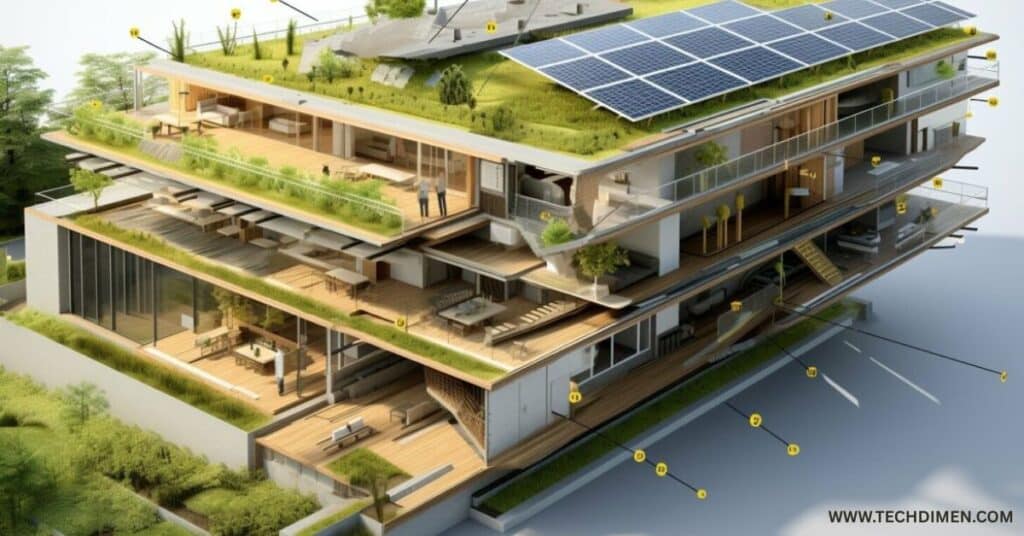
Sustainable Window Solutions support carbon footprint reduction by improving insulation and reducing energy waste. Passive House Windows meet strict energy efficiency standards, essential for achieving ultra low energy consumption. Many manufacturers now prioritize recyclable materials and sustainable production processes, contributing to greener construction practices.
Selecting the Right Window Technology for Your Environment
While Smart Glass Windows and High Performance Windows require upfront investment, energy savings and comfort improvements often deliver returns within five to seven years. Maintenance for Smart Window Systems is minimal thanks to durable materials, advanced coatings, and self cleaning features. Climate Appropriate Window Solutions ensure optimal performance based on environment. Triple glazing is ideal for cold climates, while Solar Control Glass and automated shading benefit warmer regions. Impact Resistant Glass provides added protection in storm prone areas.
Future Trends Shaping Window Technology
AI-Powered Smart Glass uses time data and occupancy sensors to adjust tint or ventilation, improving building efficiency. Transparent Solar Panels turn windows into energy generating surfaces, contributing to renewable energy goals. Fully Adaptive Façades combine smart glazing, solar technology, and shading systems to create responsive, energy optimized building envelopes.
Example of Window Technology in Action
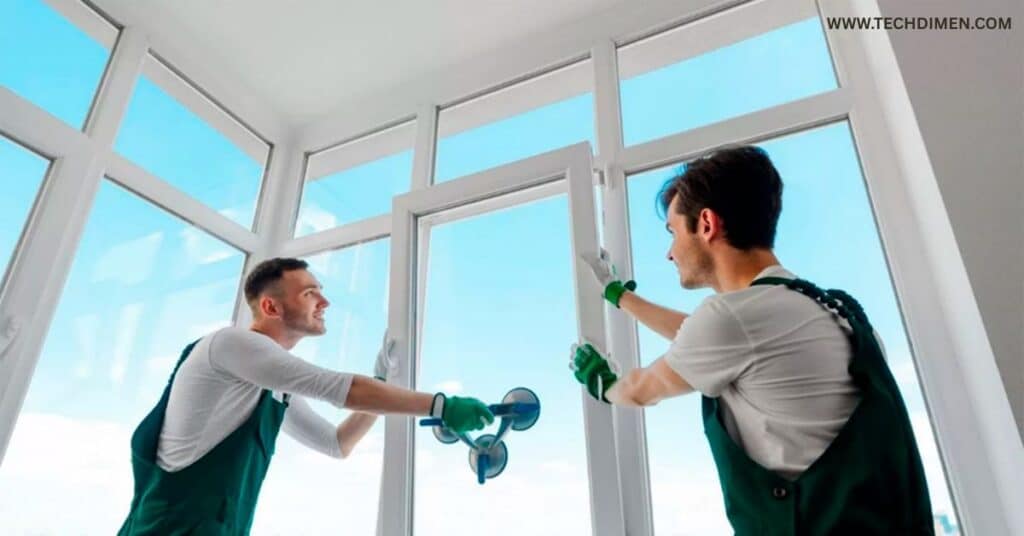
A major office building renovation in Chicago integrated Smart Tint Glass and Automated Shading in 2023. The result was a twenty eight percent reduction in cooling costs and a significant improvement in occupant comfort. With advanced window technology, such as electrochromic smart glass, the building can automatically adjust the tint of its windows in this time. Sensors detect sunlight levels, temperature, or even occupancy patterns. As the sun moves across the sky, the glass darkens to reduce glare and heat gain. When the sun sets or clouds roll in, the windows return to a clear state, maximizing natural daylight without manual intervention.
This technology dramatically lowers the building’s reliance on air conditioning, cuts energy consumption, and keeps the workspace comfortable throughout the day. It also reduces the need for blinds or shades, giving the building a sleek, modern look inside and out.
Expert Insight on the Window Technology Revolution
Emily Carter, a leading Building Technology Analyst, notes, “The future of energy efficient, comfortable, and secure buildings is being shaped by innovations in window technology.
Table: Comparison of Modern Window Technologies
| Window Technology Type | Key Features | Benefits | Best For |
|---|---|---|---|
| Low-E Glass (Low Emissivity) | Invisible coating reflects heat, blocks UV | Improves insulation, reduces fading | Homes in hot or cold climates |
| Double/Triple Glazed Windows | Multiple glass layers with gas fill | Enhanced energy efficiency, noise reduction | Residential, commercial, urban areas |
| Electrochromic Smart Glass | Automatically tints or clears with electricity | Controls sunlight, boosts comfort | Offices, high rise buildings, smart homes |
| Self Cleaning Glass | Nanotechnology coating repels dirt and water | Low maintenance, stays clearer longer | Hard to reach windows, skylights |
| Impact-Resistant Glass | Laminated layers withstand strong impacts | Increased security, storm protection | Coastal homes, high risk security zones |
| Solar Control Glass | Special coating reduces solar heat gain | Keeps interiors cooler, saves energy | Sunny regions, buildings with large façades |
| Automated Smart Windows | App or voice controlled tinting and ventilation | Remote convenience, energy savings | Smart homes, modern commercial spaces |
| Transparent Solar Glass | Generates electricity while letting light in | Renewable energy, maintains daylight | Net zero buildings, eco friendly projects |
FAQs
What Is Modern Window Technology?
Modern window technology refers to advanced systems and materials used to improve the performance, efficiency, and functionality of windows. This includes innovations like Low E coatings, double or triple glazing, smart glass, automated shading, and energy saving materials designed to enhance comfort, reduce energy costs, and support sustainable building design.
How Do Smart Windows Work?
Smart windows use specialized materials or embedded technology to automatically adjust tint, transparency, or heat transmission based on light, temperature, or user controls. Some rely on electrochromic glass that changes color with an electric current, while others integrate automated blinds or responsive shading systems connected to smart home devices.
What Are the Main Benefits of Upgrading to High Tech Windows?
Upgrading to modern window systems delivers improved energy efficiency, better temperature control, enhanced sound insulation, and increased natural light without sacrificing comfort. Smart windows can also boost security, reduce glare, and integrate with home automation platforms for added convenience.
Are Energy-Efficient Windows Worth the Investment?
Energy efficient windows can significantly lower heating and cooling costs by minimizing heat transfer and preventing drafts. Though the initial investment is higher compared to standard windows, the long term energy savings, improved comfort, and potential property value increase often make the upgrade worthwhile.
What Is Low-E Glass and Why Is It Important?
Low-E glass, or low emissivity glass, features a microscopically thin coating that reflects infrared heat while allowing natural light to pass through. This technology reduces unwanted heat gain in summer, prevents heat loss in winter, and helps protect interiors from UV damage, making it essential for energy conscious building design.
Can Smart Windows Be Installed in Older Homes?
Yes, many smart window technologies can be retrofitted to existing structures. While complete glass replacement is required for advanced systems like electrochromic glass, other solutions such as smart films, automated shading, or window sensors can be added to older windows to improve performance without major renovations.
How Long Do High Tech Windows Typically Last?
The lifespan of modern window systems depends on the materials and technology used. Quality double or triple glazed windows can last 20 to 30 years, while smart glass components and coatings may have varying service lives based on usage and environmental factors. Regular maintenance extends performance and durability.
Do Smart Windows Require Special Maintenance?
Most advanced windows require minimal extra maintenance beyond standard cleaning. Smart windows with electrochromic or automated shading components should be inspected periodically to ensure electronics function properly. Self cleaning glass reduces the need for frequent washing, especially in hard to reach areas.
How Much Can You Save with Energy Efficient Windows?
Energy efficient windows can reduce heating and cooling bills by up to 25 to 30 percent, depending on climate, window type, and building insulation. Savings are typically higher in homes or offices located in regions with extreme temperatures, making modern window technology a smart long term investment.
What Is the Future of Window Technology?
The future of window technology lies in AI powered adaptive systems, transparent solar glass that generates renewable energy, and fully responsive building façades. As smart cities and sustainable architecture evolve, windows will play a central role in energy management, comfort optimization, and environmental performance.
Conclusion
Window Technology plays a crucial role in creating energy efficient, secure, and comfortable living and working spaces. From Smart Windows and Dynamic Glazing Systems to Sustainable Window Solutions, modern innovations empower property owners to reduce energy use, lower costs, and enhance building performance.
Choosing the right window solutions means investing in a smarter, greener, and more resilient future.ance.

Jhon AJS is a tech enthusiast and author at Tech Dimen, where he explores the latest trends in technology and TV dimensions. With a passion for simplifying complex topics, Jhon aims to make tech accessible and engaging for readers of all levels.

